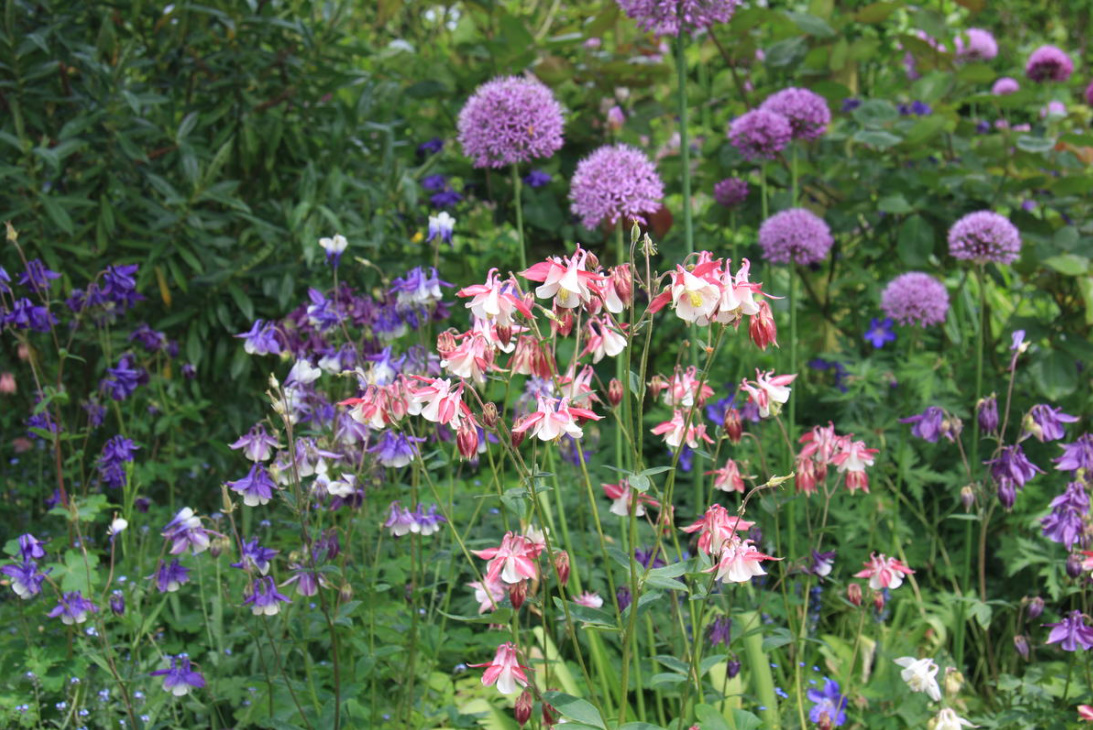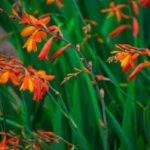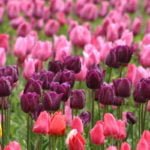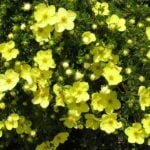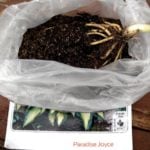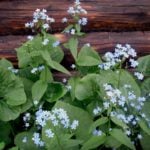Spring and summer are gardeners’ favorite time, a time of lush greenery and luxurious flowering. Everyone in the garden has a couple of perennial plants ready to claim the role of if not the main, then the most charming heroes of the garden season. We also have such favorites, and some beautiful story is connected with each of them. After all, flowers have been grown since ancient times not only to make them pleasing to the eye. They protected the house from evil spirits, helped to achieve fame, wealth and love.
We present the top five “legendary” perennials with beautiful flowers. What if it was one of them that you missed in the garden or in life? Choose, and let your flowerbeds and mixborders bloom with new joyful colors!
1. Hellebore. Christmas Rose
The history of hellebore has its roots in the Middle Ages. In those harsh years, people believed in its magical properties and to protect the house and family from witchcraft and attacks of evil spirits, planted the plant near the entrance to their homes. Later, the origin of the romantic handsome man was completely explained by divine providence: when the shepherds of Bethlehem gathered to go with gifts to the newborn Christ, one of them did not find a worthy gift and bitterly sobbed with grief, and a flower of wonderful beauty appeared in the place where his tears fell.
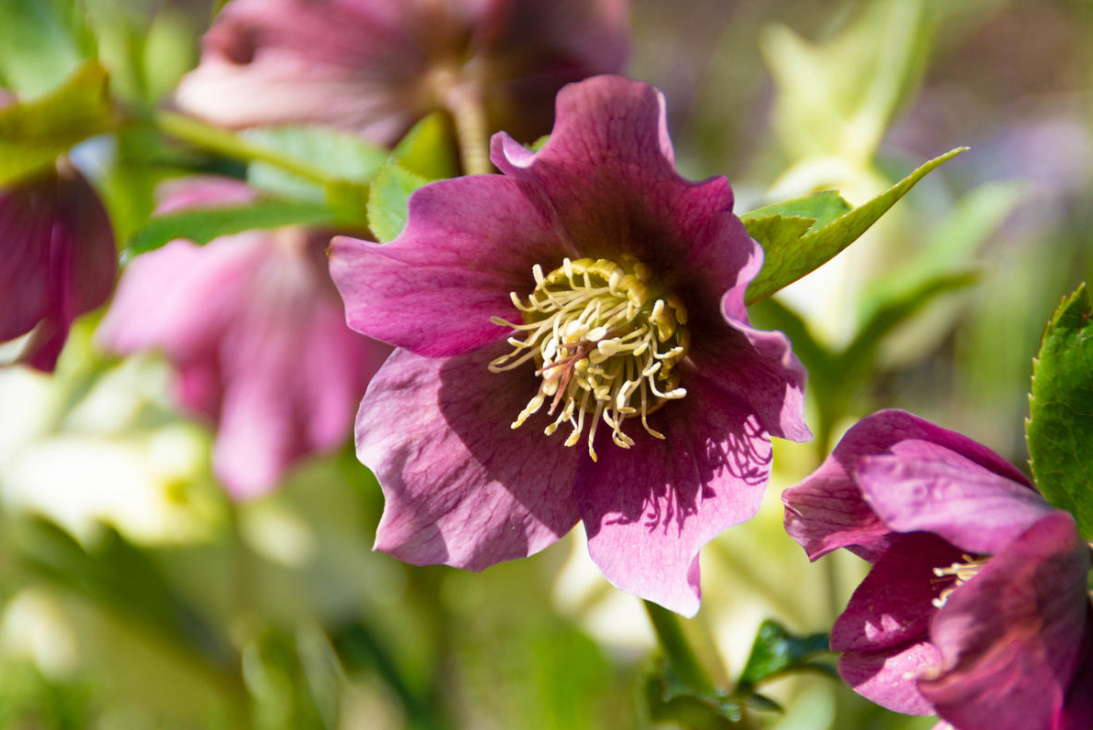
The evergreen hellebore is not only frost-resistant, but also drought-resistant, and its flowering in the middle zone begins in March, when the flower beds are not yet full of bright colors of summer flowers. Its beautiful and delicate flowers with a diameter of up to 8 cm are a bit like lanterns.
What types to choose
- Helleborus niger with snow-white or pale pink flowers that do not droop in the middle band blooms immediately after snowfall – around the beginning of April.
Helleborus orientalis, which gardeners consider the most spectacular, blooms in April with white, pale pink, cream and even purple flowers, sometimes with a speck inside.
Helleborus foetidus has a not too pleasant aroma, but pleases the eye with multiple flowers of an unusual pale green color and spectacular deeply dissected leathery leaves.
Where to plant
The main thing to remember is that hellebore categorically does not tolerate transplanting. It is not very demanding on the quality of the soil and grows well in maximally moistened corners in the shade of shrubs, even on heavy clay soils, but only with a neutral reaction.
How to care for
The plant needs regular (every other day) and abundant watering and fertilizing with organic fertilizers. When planting, do not forget to lay a drainage layer, its absence can lead to rotting of fleshy roots during watering.
What to use it for
Planted among low grass, hellebores look good in natural-style gardens. These plants will perfectly fit into the overall landscape of rock gardens and rockeries, they will be able to decorate mixborders and borders with their presence.
What to combine with
Plant a “Christmas rose” next to Crocus, Primula, Scilla, Polygonatum and Asperula. The plant forms a harmonious union with other spring “hurries” — snowdrop and narcissus.
2. Allium. Charming alien
This is exactly what allium looks like among slightly prim roses, peonies powerful in their flowering, bright “swords” of gladioli and other most familiar inhabitants of the garden. Dissimilarity is his forte. Representatives of this genus can be tiny (5 cm high) and gigantic (up to 2 m). Tiny bell flowers are combined into bundles and together form openwork balls or hemispheres. The coloring is designed mainly in purple and lilac tones, but if desired, you can find plants with white, red, blue, yellow and even two-tone flowers.
This “sharp” family can be called not only the oldest, but also the most controversial. After all, a variety of bows were cultivated in China more than 5,000 years ago, and in ancient Greece plants were considered the food of the gods on Olympus and at the same time slaves on earth. During the Crusades, onions were included in the “menu” of noble knights, and the French redeemed their prisoners from the Saracens for only… eight onions per person.
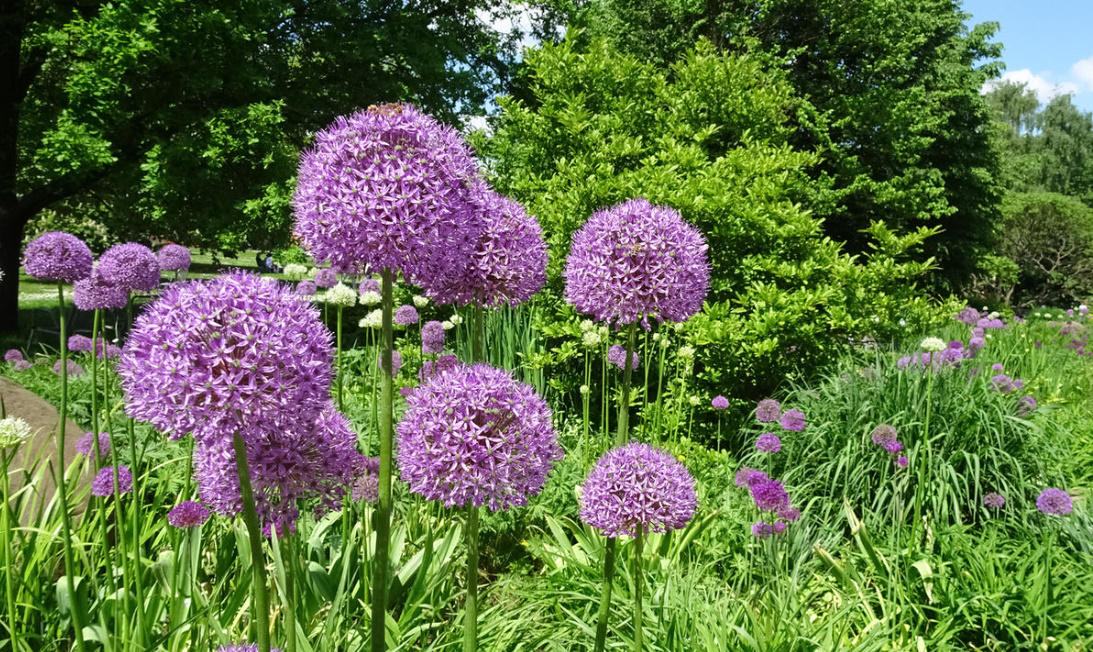
Where to plant
Decorative onion is a light—loving plant, it is desirable to plant it in sunny areas with soft, breathable soil of normal acidity and with good drainage.
How to care for
Watering should be moderate: it is better not to last long than to pour, otherwise the bulbs may rot and die. When the leaves dry up after flowering, the bulbs must be dug out, placed in a box with dry peat and sawdust and stored until autumn planting at a temperature no higher than +18…+20°C. Before planting, be sure to add a complex mineral fertilizer and rotted compost to the soil.
What to use it for
The plant is equally impressive both in a single planting and in a group flower garden, and by planting several specimens of the same variety in a “bunch”, you will get a bright, eye-catching color spot.
Allium is organic in rock gardens, is appropriate in flower beds, it is used in monocultural plantings and in flower arrangements.
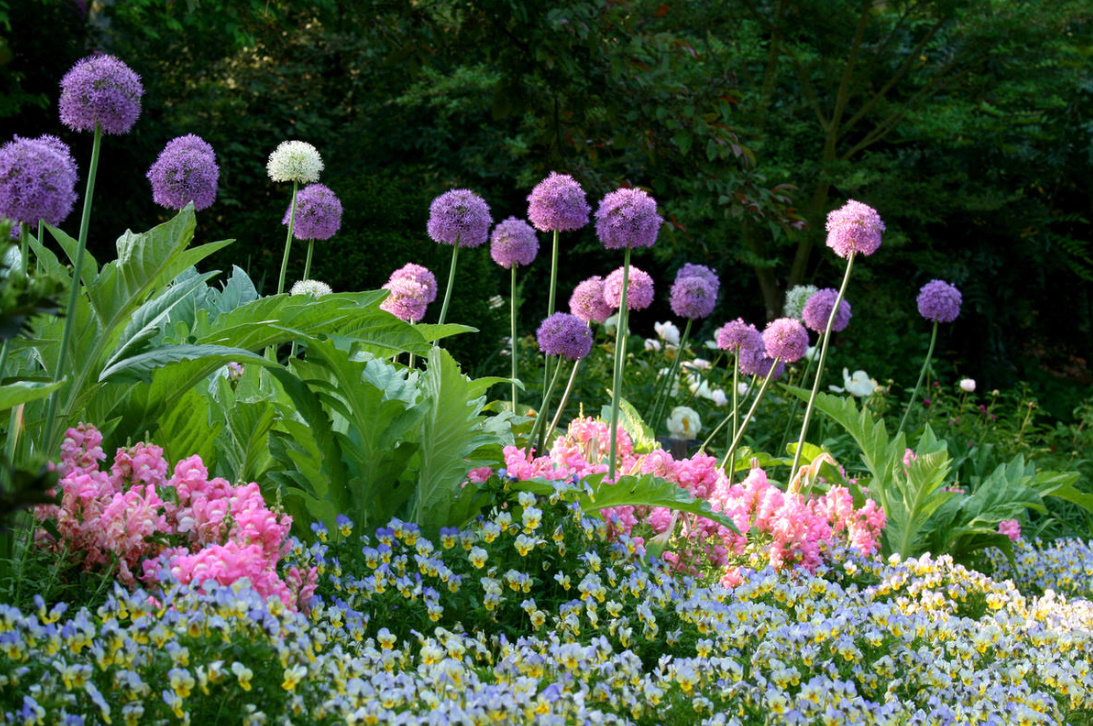
What to combine with
Decorative bow will naturally emphasize the beauty of Paeonia, Aquilegia, irises and poppies. Beautiful flower arrangements will be obtained by combining tall varieties of allium with Hosta and Delphinium.
What types and varieties to choose
- ‘Ama no Sode’ Allium schubertii is a low plant (arrows up to 25-30 cm), its gray—pinkish inflorescence looks like a star, all pedicels of different lengths, blooms in June.
- ‘Hair’ is an unusual hybrid with unique inflorescences and leaves of smoky-blue tones. It is especially effective in landscape flower beds, blooms for about 3-4 weeks, starting from the end of May.
- ‘Mount Everest’ decorates the garden with white inflorescences-balls consisting of dozens of flowers in the shape of a star, height 100-120 cm.
- Allium sphaerocephalon blooms in mid-summer, height up to 60 cm, inflorescences of pink or purple shades have the shape of an oval.
- Allium moly golden is interesting with yellow star-shaped inflorescences, usually grows up to 20-25 cm.
3. Phlox. A gentle flame for a flower garden
That’s what the ancient Greeks called phlox. According to legend, this flower appeared thanks to Odysseus, who was ordered by the insidious Circe to visit the kingdom of the dead. In the dark, the hero and his companions lit their way with torches, which, after completing a dangerous journey, turned into beautiful flowers, striking with the finest aroma, a variety of colors and extraordinary vitality. After all, representatives of this genus can be found today both in Alaska and in the desert.
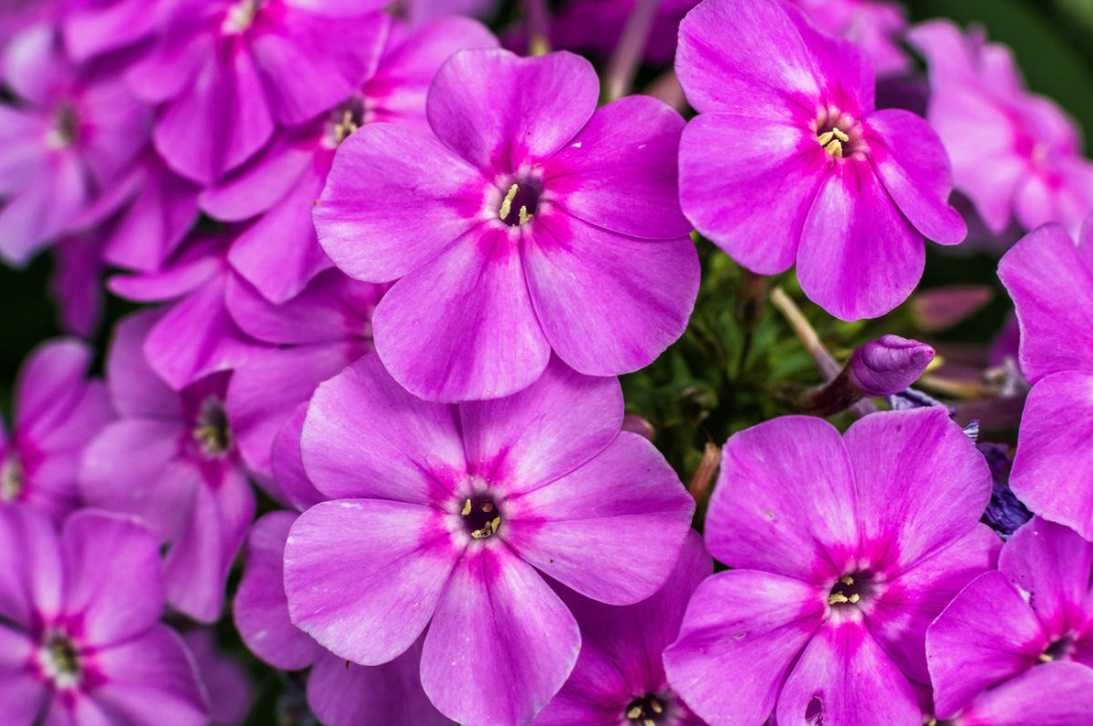
Plants differ not only in color, but also in the shape of inflorescences: cone-shaped, pyramidal, umbellate or spherical. One inflorescence can contain from 20 to 100 flowers, flowering occurs in June and under optimal conditions lasts until October.
What types to choose
- Phlox subulata is a groundcover up to 20 cm tall, blooms in May–June and again in August–September. It remains green until frost and creates a beautiful bright rug of a wide variety of colors and shades. The color is dominated by blue, purple, crimson-pink and white tones.
- Phlox divaricata is the most unpretentious, has a strong pleasant aroma. Height 20-40 cm, color scheme — all shades of purple, white, blue.
- Phlox paniculata — depending on the variety, it can be low (40-60 cm), medium (up to 1 m) and high (from 1 to 1.5 m). According to the flowering time, it is divided into early-flowering (July), blooming in midsummer (July-August), late-flowering (August-September, the species differs in a variety of varieties and a wide range of colors.
Where to plant
When choosing a place for phlox, remember that they do not like stagnation of moisture. Raised flower beds with loamy, neutral or slightly acidic soil are ideal for these purposes. Another important factor is the abundance of sun. Phloxes are light–loving plants and bloom much worse in dense penumbra. For the same reason, it is worth avoiding their proximity to large trees.
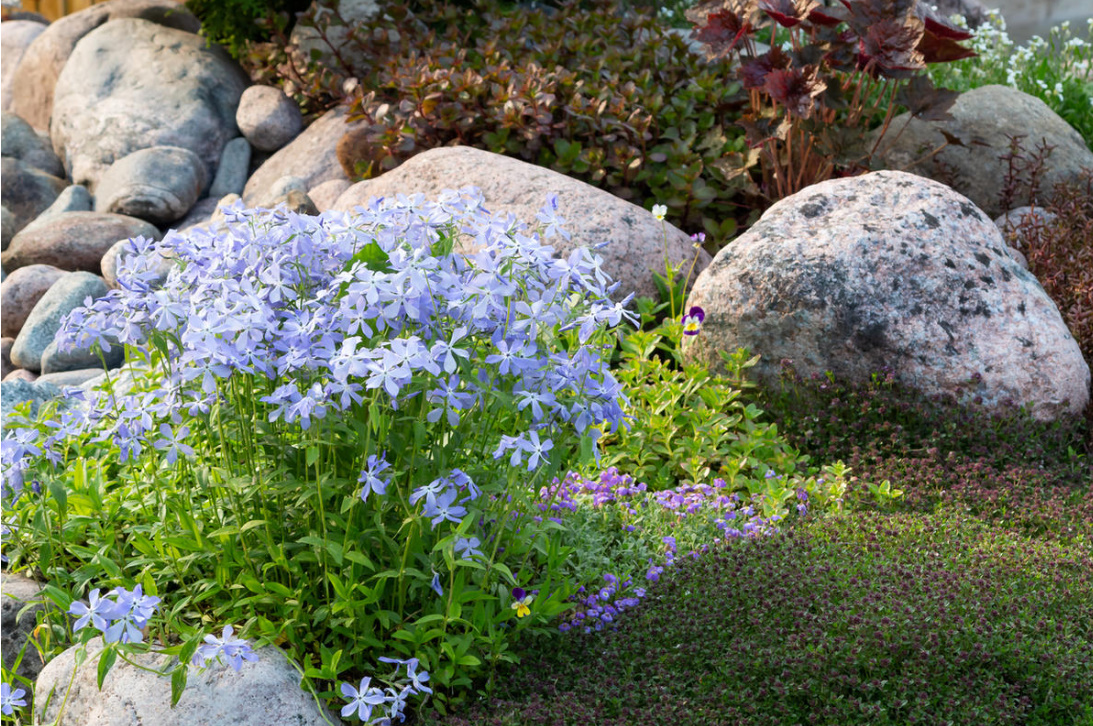
How to care for
Three simple steps will help to achieve a lush flowering: timely weeding, abundant and frequent (ideally daily) watering and reasonable top dressing. Depending on the phases of development , fertilizers are applied as follows:
- in spring and the entire period of growth of leaves and stems — nitrogen-containing fertilizing;
- during budding and flowering – potash and phosphorus fertilizing;
- closer to autumn — phosphorus fertilizing.
What to combine with
Phloxes go well with Geranium, dwarf conifers and irises.
What to use it for
- Bush phloxes give volume to flower beds and flower beds due to the density and beautiful flowering.
- Creeping phloxes look great in mixborders, alpine slides and r
ockeries. - Paniculate phloxes are a real gardener’s wand, they can be used in the gardens of nine (!!!) various styles of decoration, from motley country to laconic minimalism.
